Are Polyphenols and Tannins the Same?

Key Takeways
With increasing pollutants and obesogens constantly around us, antioxidants have been gaining more and more popularity in the health space. This group of nutrients is known for fighting off the negative effects of toxins and other harmful molecules, and can also help prevent cell damage.
Out of hundreds of different types of antioxidants, polyphenols and tannins are two that are known to be particularly potent and effective. While these two compounds have some similarities, they have different functions in the body, so it’s important to understand why each one is beneficial.
In this article, we’ll break down the differences between the two and let you know the best way to add these nutrients to your diet to reap the benefits for your overall health.
How do Antioxidants Work?
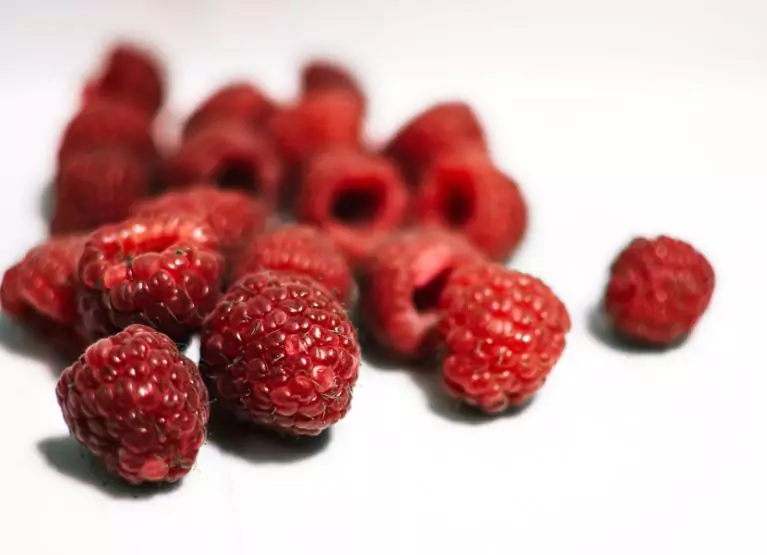
We already know that antioxidants help protect against harmful chemicals. But how do they work exactly?
Antioxidants get their name from their ability to reduce levels of harmful molecules called free radicals. One commonly known type of free radical is called reactive oxygen species. These molecules are unstable oxygen based compounds and can wreak within the body by throwing your body’s natural processes off balance.
When there are high levels of these unstable compounds (or molecules) in the body, a state of increased oxidative stress is created. While some stress can be good in some situations, this type of reaction can lead to negative health consequences like:
- Insulin resistance
- Hyperglycemia, or elevated blood glucose levels
- Increased risk of diabetes
- Increased risk of cardiovascular disease
This is where antioxidants come in, helping to fight these free radicals and reduce oxidative stress.
Since polyphenols and tannins are both antioxidants, they each have the ability to reduce oxidative stress. However, each compound has a unique role and are only found in certain types of food.
What are Polyphenols?

Polyphenols are organic compounds that are found in fruits and vegetables that have a variety of health benefits in humans. Some in vitro research shows that polyphenols may help prevent chronic diseases, reduce the risk of cardiovascular conditions, and can support metabolic health.
Polyphenols can exist as simple molecules called monomers or oligomers, or can be polymers, which are long, repeating chains of molecules. These compounds can also be classified as micronutrients (which are known to have antioxidant properties) and are also a type of phenolic compound.
In order to be characterized within a group of antioxidants, a molecule has to have a specific chemical structure. In the case of polyphenols, the antioxidant molecule is made up of two phenyl rings, and these rings have to have at least one group of oxygen bonded to hydrogen.
Polyphenols are specifically referred to as phytochemicals (chemicals produced by plants), and within this group of phytochemical antioxidants, there are subtypes of polyphenols with unique benefits.
There are several subtypes of polyphenols, including:
- Flavonoids (Flavonols, flavones, flavanones, anthocyanidins, and anthocyanins (which give berries their red, blue, or purple colored pigments)
- Polyphenol amides
- Non Flavonoids such as gallic acid
Some polyphenols can also be enzymes such as polyphenol oxidase.
Benefits of Polyphenols
The benefits of polyphenols as a group are extensive, but here are some of the most commonly known health benefits of this antioxidant group:
- Anti-obesogenic properties
- May protect against neurodegeneration
- Can be anti-inflammatory and can mitigate effects of harmful molecules such as free radicals
- Can decrease cancer risk by slowing down growth of tumors
- May help lower blood pressure
- May reduce LDL levels
- Overall improved cardiovascular health
- Better glycemic control and blood glucose, or blood sugar levels
- Prevention of type 2 diabetes
Sources of Polyphenols
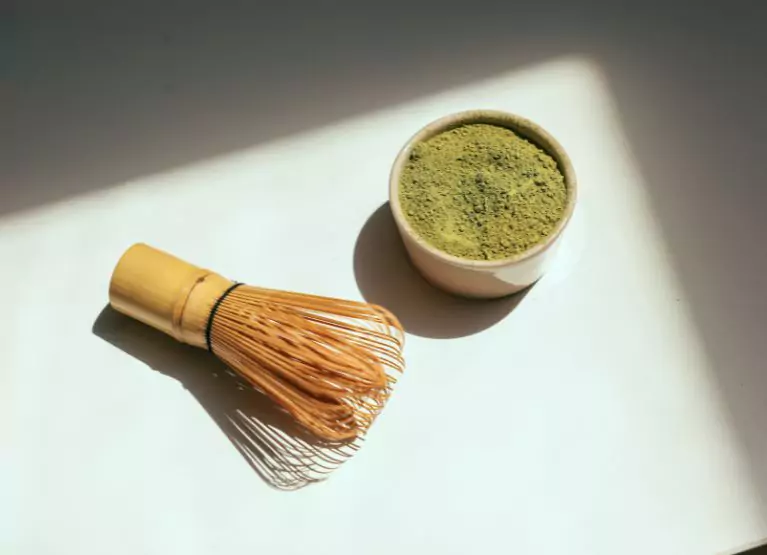
Polyphenols are abundant in fruits and vegetables, and are also found in certain drinks. Here’s where you can find plant polyphenols to add to your diet:
- Green tea (rich in flavanols such as catechin, epicatechin, epigallocatechin, ellagitannins)
- Dark chocolate
- Citrus fruits (high in flavanones)
- Blueberries (rich in anthocyanins and gallic acid)
- Other berries
What are Tannins?
Tannins are a type of polyphenol found all throughout the plant kingdom, including in plants such as willow trees, maple, eucalyptus, and red mangroves. These compounds form part of the flavonoid group of polyphenols.
There are two main types of tannins, which can be classified into hydrolyzable tannins and condensed tannins (or proanthocyanidins). These compounds are made up of multiple ring groups that are similar to gallic acid derivatives (like gallotannins), and like all other polyphenols, they have potent antioxidant properties.
Tannins have been used in medicine due to their astringent properties (or bitter taste), as well as during the fermentation process in wine and beer production. For example, both red wine and white wine contain tannins which come from grape skins and seeds and affect the wine’s color and mouthfeel.
Tannins are known to have a high molecular weight, and can precipitate proteins by forming large complexes (which help to give the alcohol its color). These compounds can even be found in the form of tannic acid, which is commonly used to stain woods and dye cotton.
Benefits of Tannins
Tannins provide health benefits such as faster blood clotting, lower risk of cardiovascular disease and certain cancers, lower blood pressure, and helping protect against microbial infections in humans. Other positive effects of tannins include:
- Anti-inflammatory properties (to reduce harmful effects of free radicals)
- Can be anti-microbial (they play an important role in helping to fight off pathogens)
- Anti-helminthic (can help fight off parasitic infections)
- Can help reduce allergic reactions
- Can fight against urinary tract infections, or UTIs
- Hydrolyzable tannins (like the gallic acid in grapes and strawberries), can have anti-cancer and anti-ulcerative properties.
Although these compounds have shown promising health benefits, they shouldn’t replace any medications. Always consult with your health practitioner before trying any dietary supplement as a therapeutic alternative to medication.
Sources of Tannins
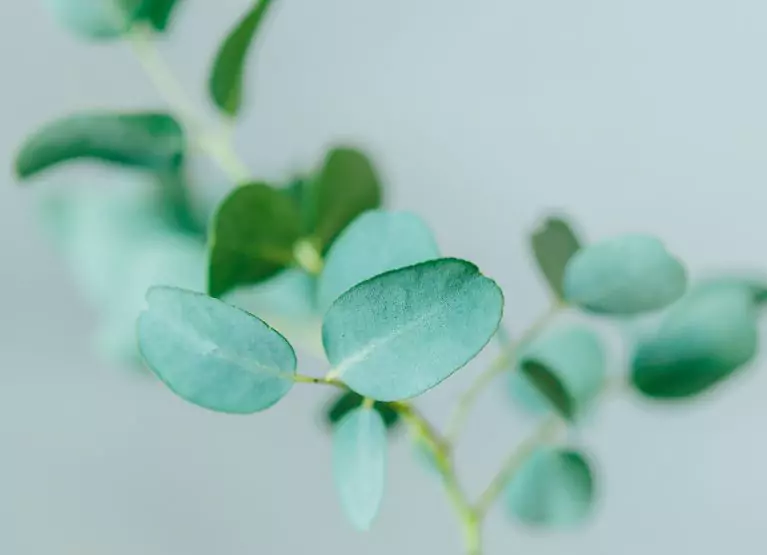
Tannins give plants a bitter, sour taste which derives from their astringency. This taste acts as a defense mechanism for plants, as it prevents them from being eaten too early by bugs and bees. For example, unripened fruits are high in this phytochemical antioxidant.
Here are some edible plant sources that have a high tannin content:
- Cranberries
- Blackberries
- Coffee and black tea
- Legumes
- Beer and wine
- Grapes
- Pomegranates
- Apples
- Bananas (specifically in unripe bananas, as the tannins in this fruit are inactivated when ripe)
A Recap of Polyphenols and Tannins
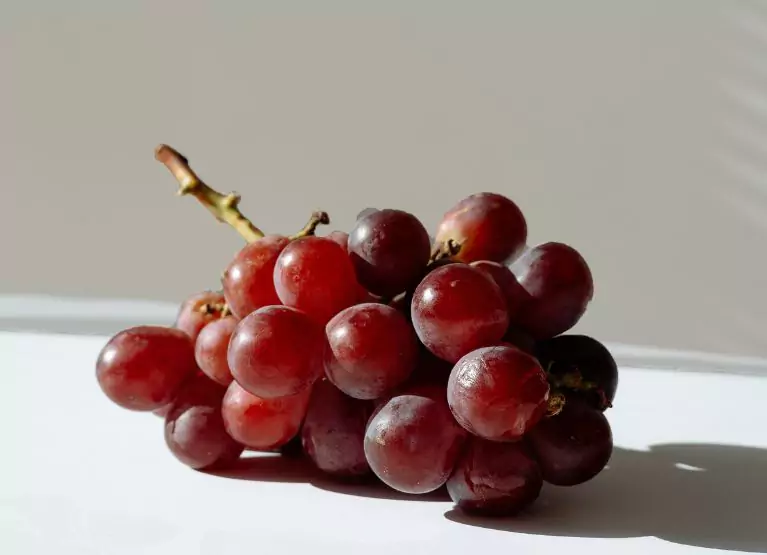
Let’s review what we’ve discussed about the unique roles and qualities of polyphenols and tannins:
- Polyphenols are a group of organic compounds that have potent antioxidant properties.
- Polyphenols can also be referred to as phytochemical antioxidants and are made up of two or more phenolic rings (hence the term “poly”).
- Among polyphenols there are additional subgroups: flavonoid and non-flavonoid polyphenols (and polyphenol amides).
- Tannins belong to the flavonoid subgroup of polyphenols.
- Tannins have an astringent quality that gives some plants a tart, sour taste (think of cranberries).
The Drawbacks of Antioxidants
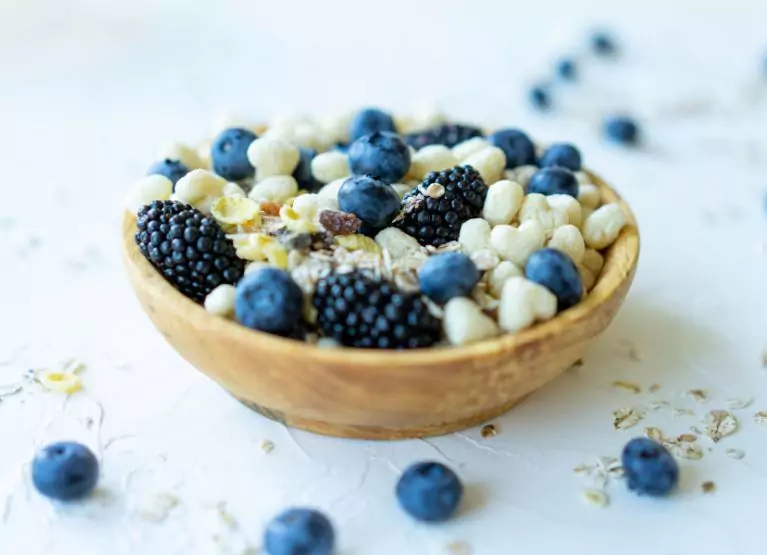
While antioxidants can be incredibly beneficial for health, they’re not always helpful. In fact, there are some situations in which antioxidants can have negative effects on your health.
Tannins have what is called an anti-nutritional effect, which means this antioxidant can reduce digestion and bioavailability of nutrients such as iron. If you’re on an iron supplement or have anemia, you may want to consult with your doctor before adding large amounts of tannins through your diet or supplements.
Some polyphenols may interact with certain pharmaceutical agents or medicines so it's important to consider how much of these foods are being included in your diet.
Tannins can also produce liver necrosis in large amounts, while high amounts of specific polyphenols such as catechins can lead to hepatotoxicity. A 2014 report citing only 20% of liver injuries being due to polyphenol intake.
Overall, it seems that the dosage (or amount) of polyphenols, whether that be tannins specifically or another subgroup, as well as the type of phytochemical is key in whether that compound will lead to an adverse reaction.
Find the right Nutrisense programto turn insight into progress.
Go Beyond Glucose Data with Nutrisense
Your glucose can significantly impact how your body feels and functions. That’s why stable levels are an important factor in supporting overall wellbeing. But viewing glucose isn't enough. Nutrisense, you’ll be able to learn how to use your body's data to make informed lifestyle choices that support healthy living.
One-to-one coaching
Sign up to access insurance-covered video calls to work with a glucose expert: a personal registered dietitian or certified nutritionist who will help tailor your lifestyle and diet to your goals.
Monitor and measure what matters
With the Nutrisense CGM Program, you can monitor your glucose with health tech like glucose biosensors and continuous glucose monitor (CGM)s, and analyze the trends over time with the Nutrisense App. This will help you make the most informed choices about the foods you consume and their impact on your health.
Find your best fit
Ready to take the first step? Start with our quiz to find the right Nutrisense program to help you take control.

Carlee's training at Western Illinois University and an internship at the Memphis VA Hospital lead her to a career in outpatient counseling and bariatric nutrition therapy. In these positions, Carlee realized many of the disease states (upwards of 80%!) her patients experienced were actually preventable. She knew she had to dig deeper into preventative health and has since been passionate about helping people translate this complex glucose data into actionable changes anyone can implement into their everyday lives.




